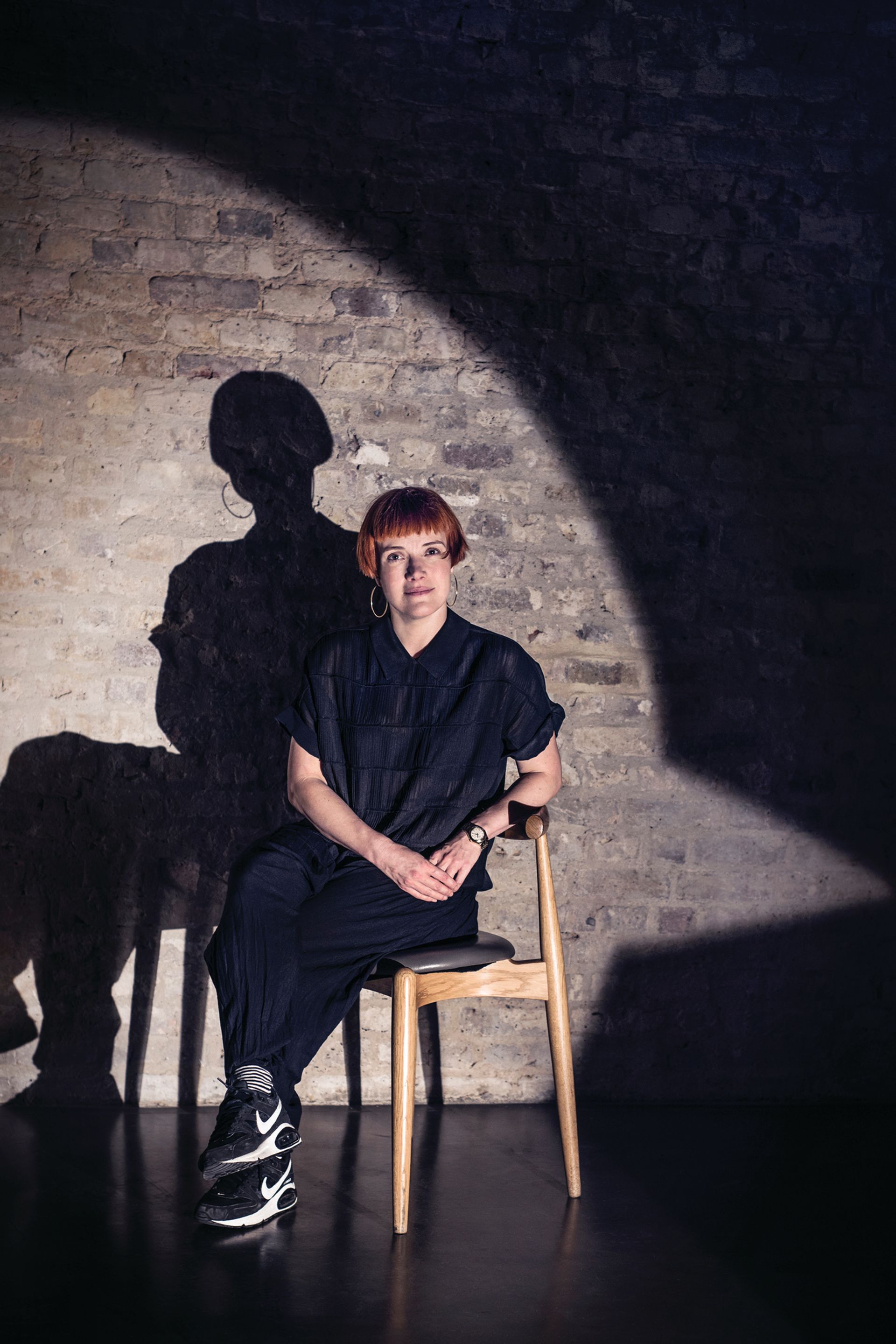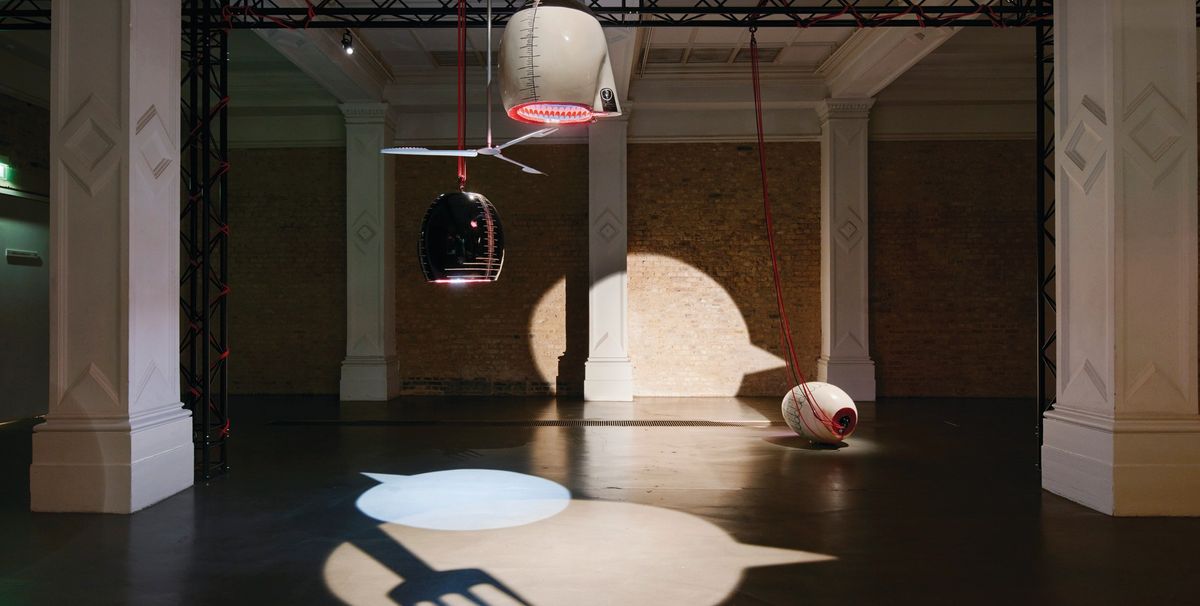Grief, paranoia and envy are among the emotions running high in Emma Hart’s new exhibition at the Whitechapel Gallery in London, opening to the public today (12 July). Her dramatic ceramics installation, Mamma Mia! (until 3 September), is the culmination of a six-month residency in Italy last year for the latest edition of the Max Mara Art Prize for Women.
Established in 2005 by the Whitechapel, Max Mara and Collezione Maramotti in Reggio Emilia (where Hart’s show will travel in the autumn), the biennial award champions UK-based female artists who have never previously had a solo survey exhibition. Hart won in early 2016 for a research proposal combining her eclectic interests in the Milan Systems Approach, a family therapy model developed in the 1970s by the psychiatrist Mara Selvini Palazzoli, and the tradition of maiolica, tin-glazed pottery made in Faenza since the 14th century.

The result, she says, is both a single sculpture and a “family of objects”. Ceramic lamps hang on red ropes from scaffolds crisscrossing the darkened gallery, each one a cartoonish head severed below the nose to project a speech bubble spotlight on the floor. They can also be read as inverted jugs, scored with measuring markings. Whirring ceiling fans with blades of cutlery cast ominous shadows over their silent conversation.
Visitors are forced to step into the light to see what Hart calls the “epiphany” of her residency: the patterns of brightly coloured glazes that line the underside of each lamp. The repeated motifs—of teardrops, fists punching black eyes and a woman choked by a green “jealousy plant”—refer to the cycles of negative emotions that can flare up in family relationships.
Observing group therapy sessions in Milan for two months, all the while travelling with her partner and their two-year-old daughter, “laid bare to me the effect we have on people, especially in the family”, Hart says. “A tone of voice that someone always uses will trigger somebody else to always do the same thing.”
The clinic armed her with ideas for the final part of her residency in Faenza, where she studied the maiolica collection at the International Museum of Ceramics and experimented with the medium at the Museo Carlo Zauli, guided by the late ceramicist’s assistant Aida Bertozzi and other artisans. “I realised that the link between these two halves of the project—the psychology and the maiolica—was the potential of decorative patterns to capture somehow the problems of repetitive human behaviour,” Hart says.
Having “never done a drawing before”, she describes the vivid designs she produced as a “huge surprise”. From a background in photography, she taught herself to use clay from YouTube videos five years ago. The Max Mara residency proved “a real step up for me in how I work with ceramics”, she says.
The prize is also a much-needed catalyst for debate around “the inequality and gender gap within art”, says Hart, who juggles her practice and motherhood with teaching at Central Saint Martins. “Many residencies sound good on paper but are completely inaccessible because my life doesn’t lend itself to just going off to Canada unpaid for six months,” she says. “So this is really an important one because it considers all those elements.”



